Cuba libre: David Zwirner reveals more Los Diez Pintores Concretos pieces in NY
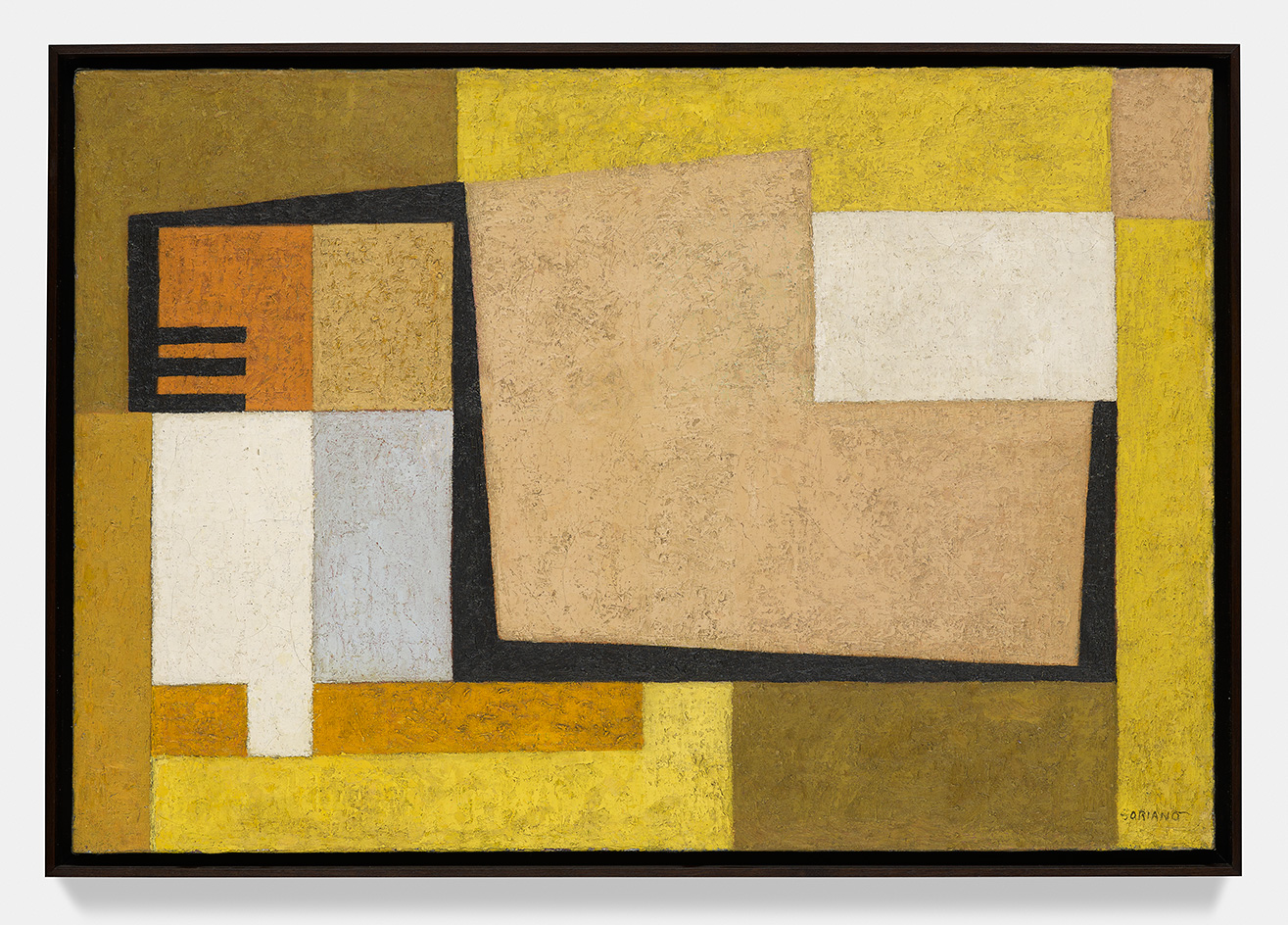
As the US continues to thaw one of the last vestiges of the Cold War – its decades-long Cuba embargo – and as the eyes of collectors and critics turn in greater numbers to contemporary Latin American art, David Zwirner gallery has expanded upon its impressive group show highlighting Cuban art through the 1940s, 50s, and 60s, which we first caught wind of in London last year. As you may recall, a cohort of Cuban artists known as ‘Los Diez Pintores Concretos’ (Ten Concrete Painters) produced a distinctive body of work linked to the broader trend of abstraction and concretism during those years. This week in New York, 'Concrete Cuba' presents 40 works (of which only five make a reprise from London), highlighting the innovative spirit of the group.
Instead of the palm trees, sunsets and beaches that earlier Cuban art tended to depict, the work from this era dealt with geometry and color, making a distinct break from past conventions. ‘Abstract art became the signpost of Cuba’s modernity,’ says Abigail McEwen, an assistant professor of Latin American art history at the University of Maryland, and a contributor to the exhibition’s catalogue, which will be published this autumn. Many artists had traveled abroad – to Europe and the US, or elsewhere in Latin America – before returning to Cuba in the 1950s, resulting in a richly layered treatment of abstraction. Pointing to an untitled canvas by Sandú Darié, McEwen says, ‘It’s like they’re taking Mondrian’s grid and blowing it up.’
As with art anywhere, these works cannot be extracted from its political context. For this group of artists, their practices became a way to contribute to what was a moment of tumultuous change. As McEwen puts it, 'They believed concretism and abstraction could be socially and politically engaged, that this art could be a spring board to a better future.’
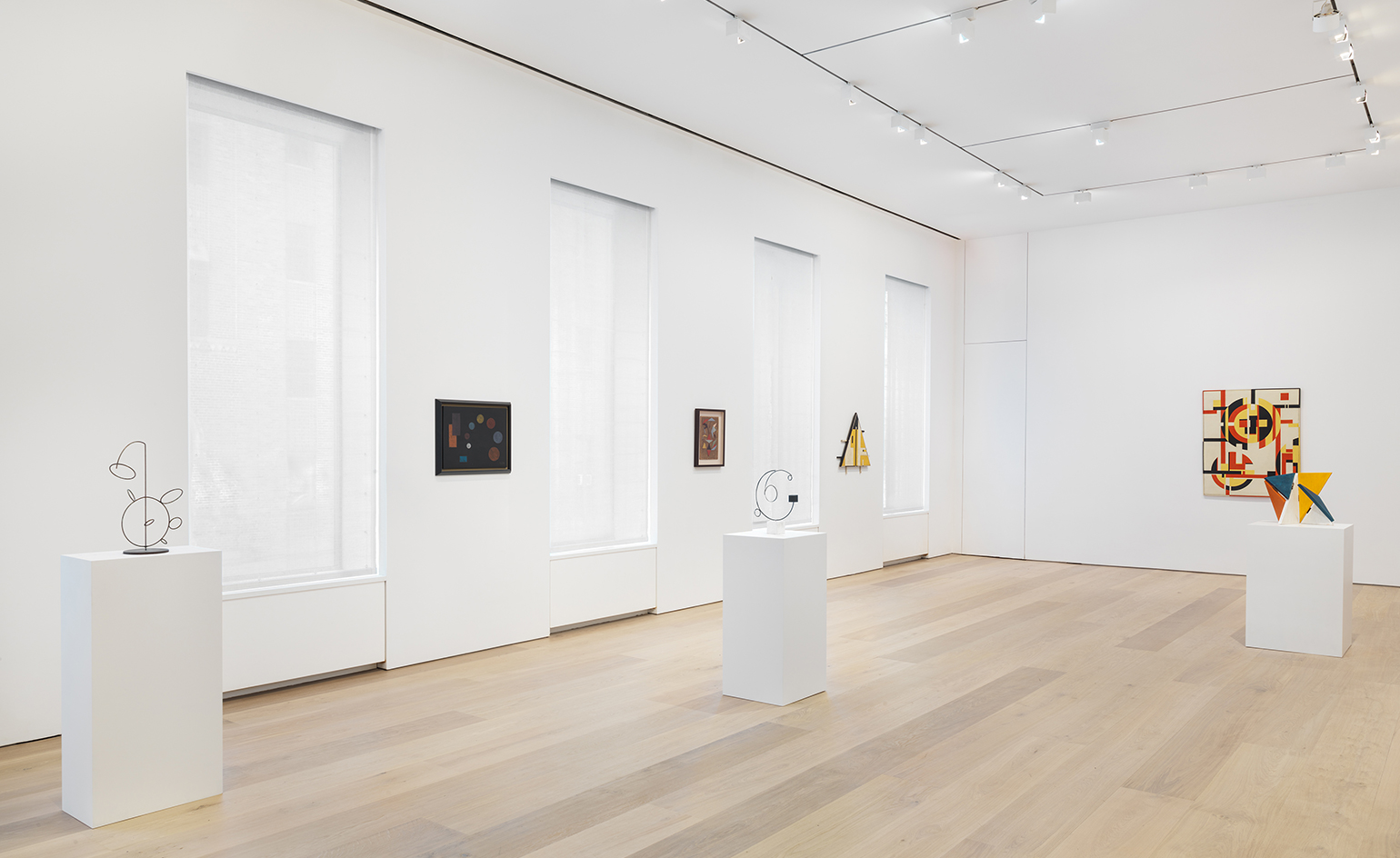
Active from the 1940s through to the 1960s, Los Diez Pintores Concretos favoured geometry and colour, making a distinct break from Cuban art's more pictorial past conventions
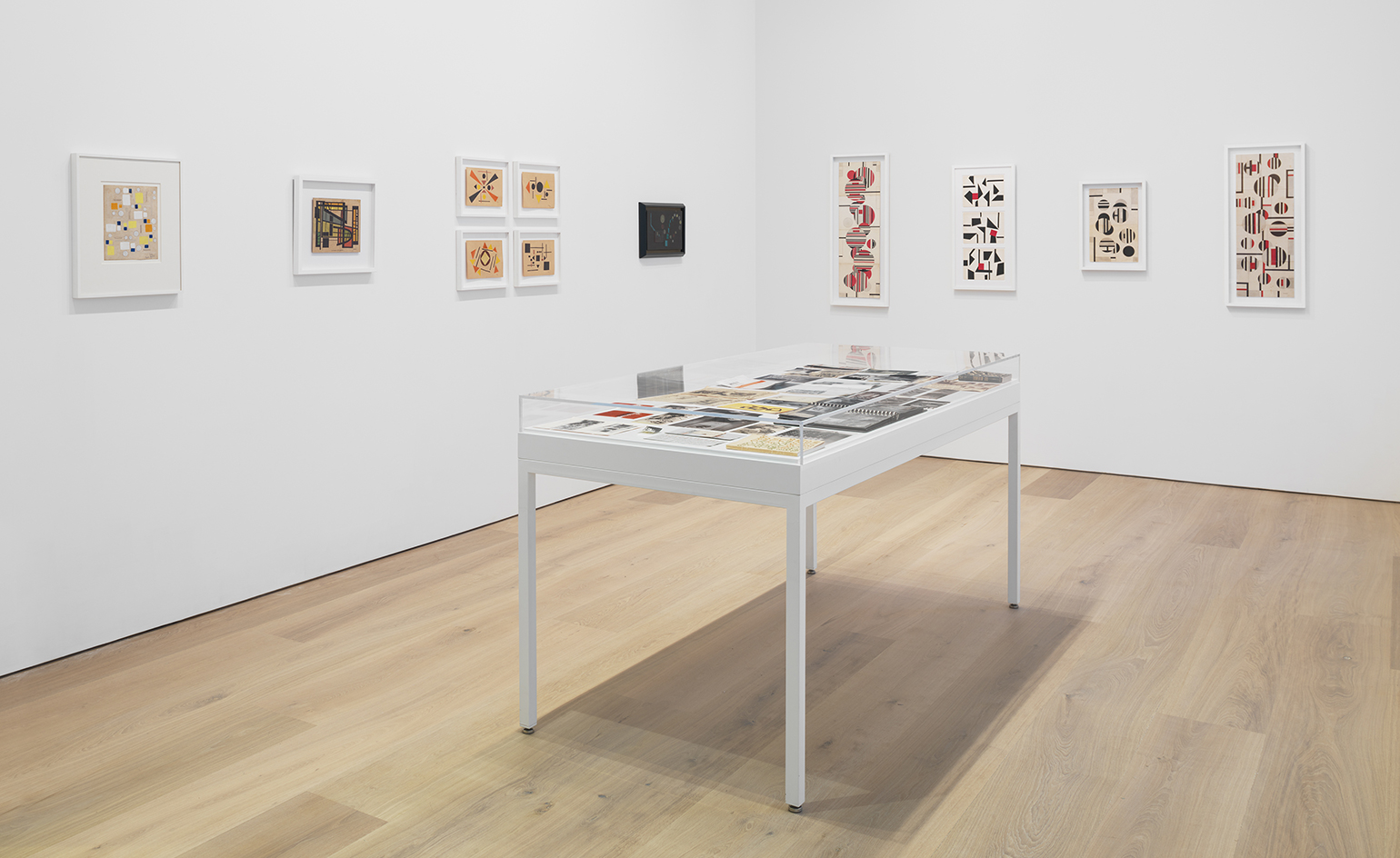
'Abstract art became the signpost of Cuba’s modernity,’ says Abigail McEwen, an assistant professor of Latin American art history at the University of Maryland, and a contributor to the exhibition’s catalogue, which will be published later this year
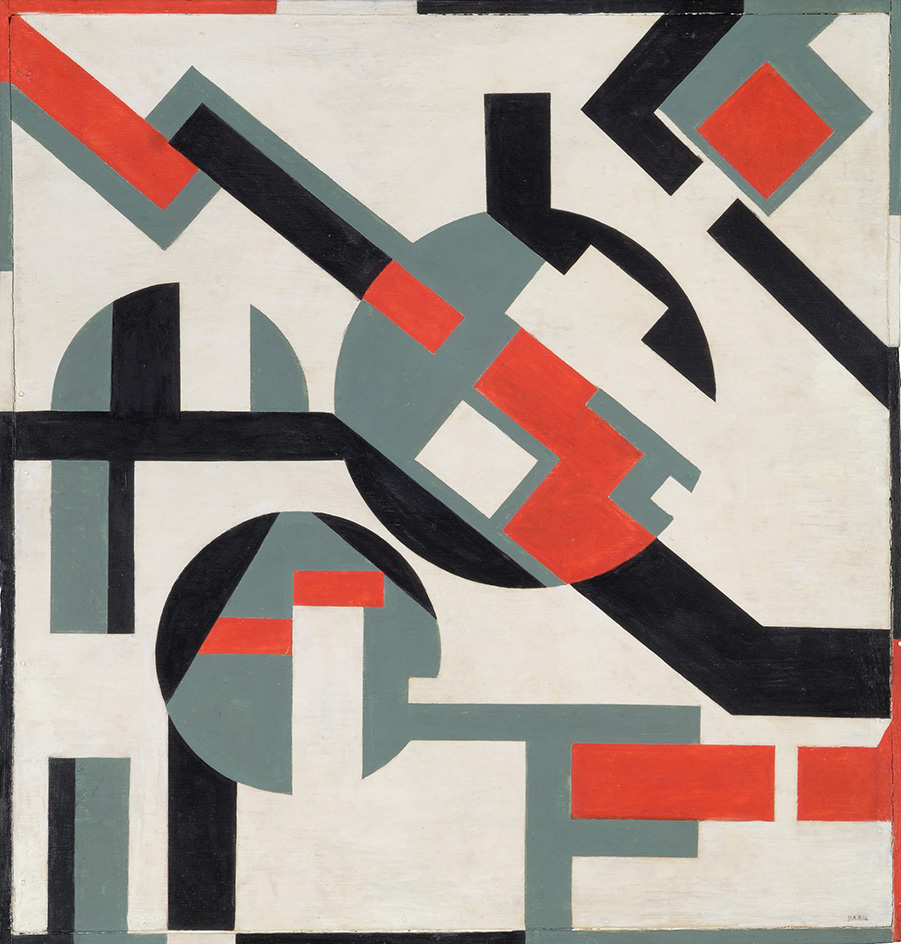
‘It’s like they’re taking Mondrian’s grid and blowing it up,’ says McEwen. Pictured: Sin título ('Untitled'), by Sandú Darié, c.1950

INFORMATION
’Concrete Cuba’ is on view until 20 February. For more information, visit David Zwirner’s website
ADDRESS
David Zwirner
537 West 20th Street
New York
Wallpaper* Newsletter
Receive our daily digest of inspiration, escapism and design stories from around the world direct to your inbox.
-
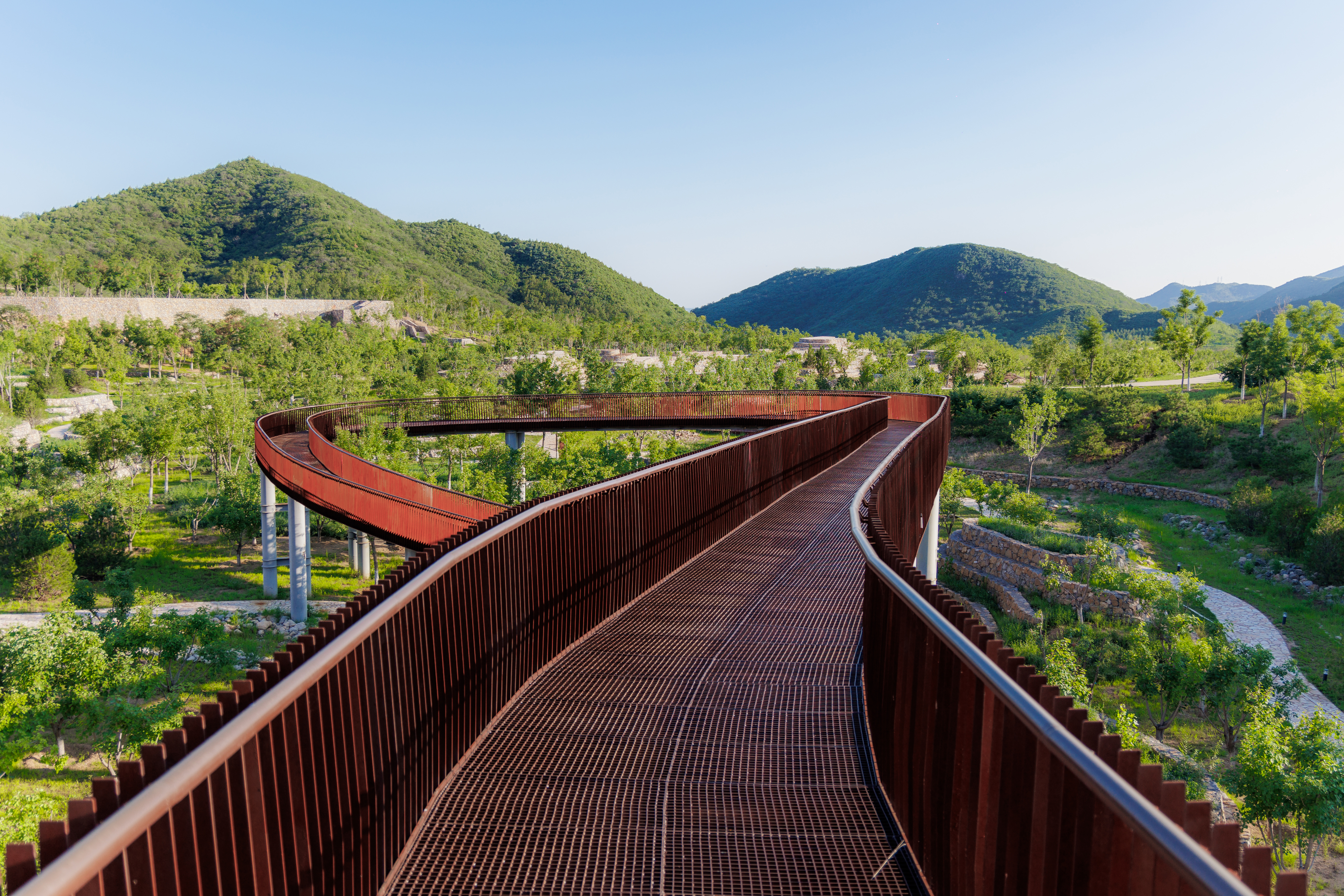 A Xingfa cement factory’s reimagining breathes new life into an abandoned industrial site
A Xingfa cement factory’s reimagining breathes new life into an abandoned industrial siteWe tour the Xingfa cement factory in China, where a redesign by landscape specialist SWA Group completely transforms an old industrial site into a lush park
By Daven Wu
-
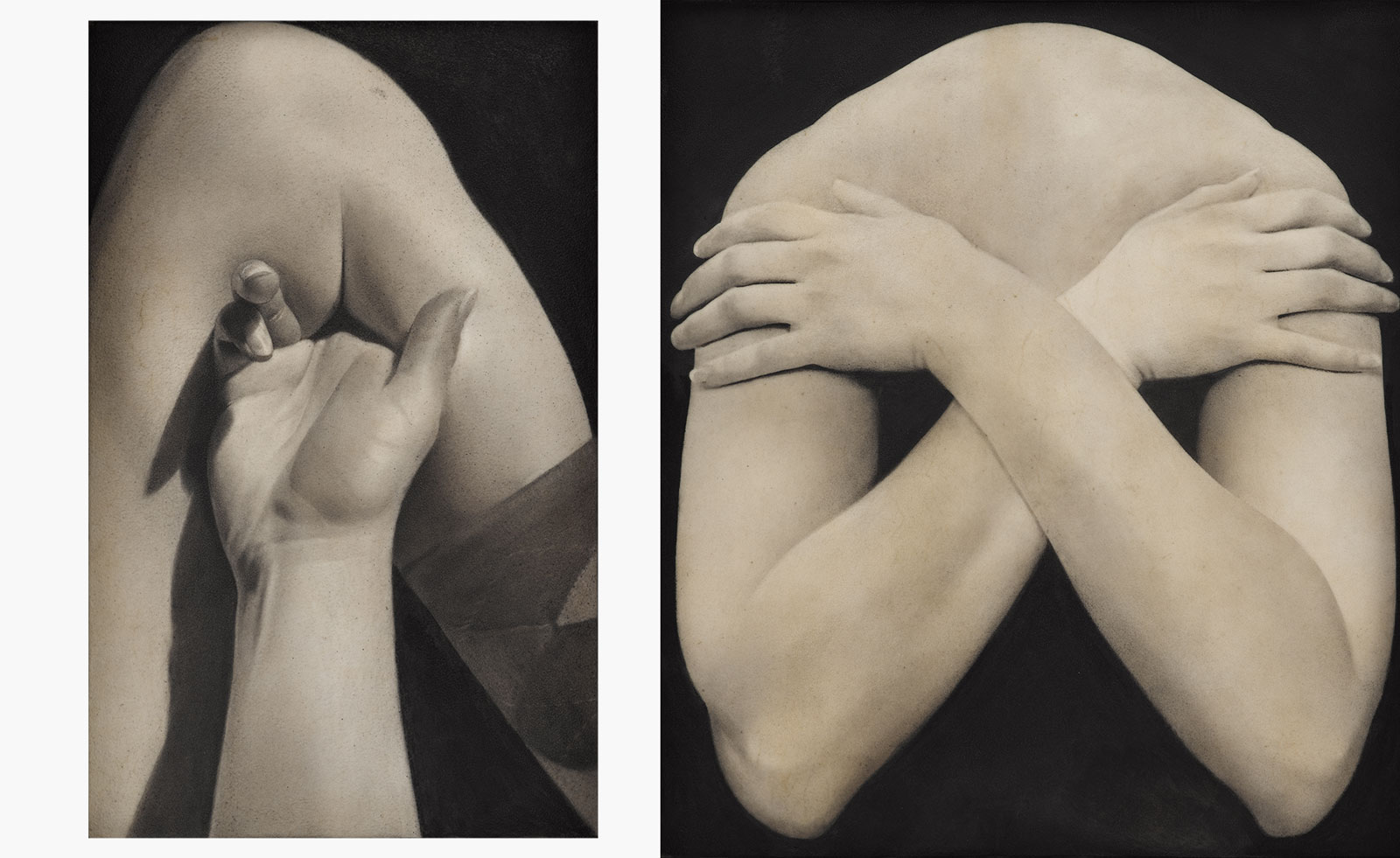 Put these emerging artists on your radar
Put these emerging artists on your radarThis crop of six new talents is poised to shake up the art world. Get to know them now
By Tianna Williams
-
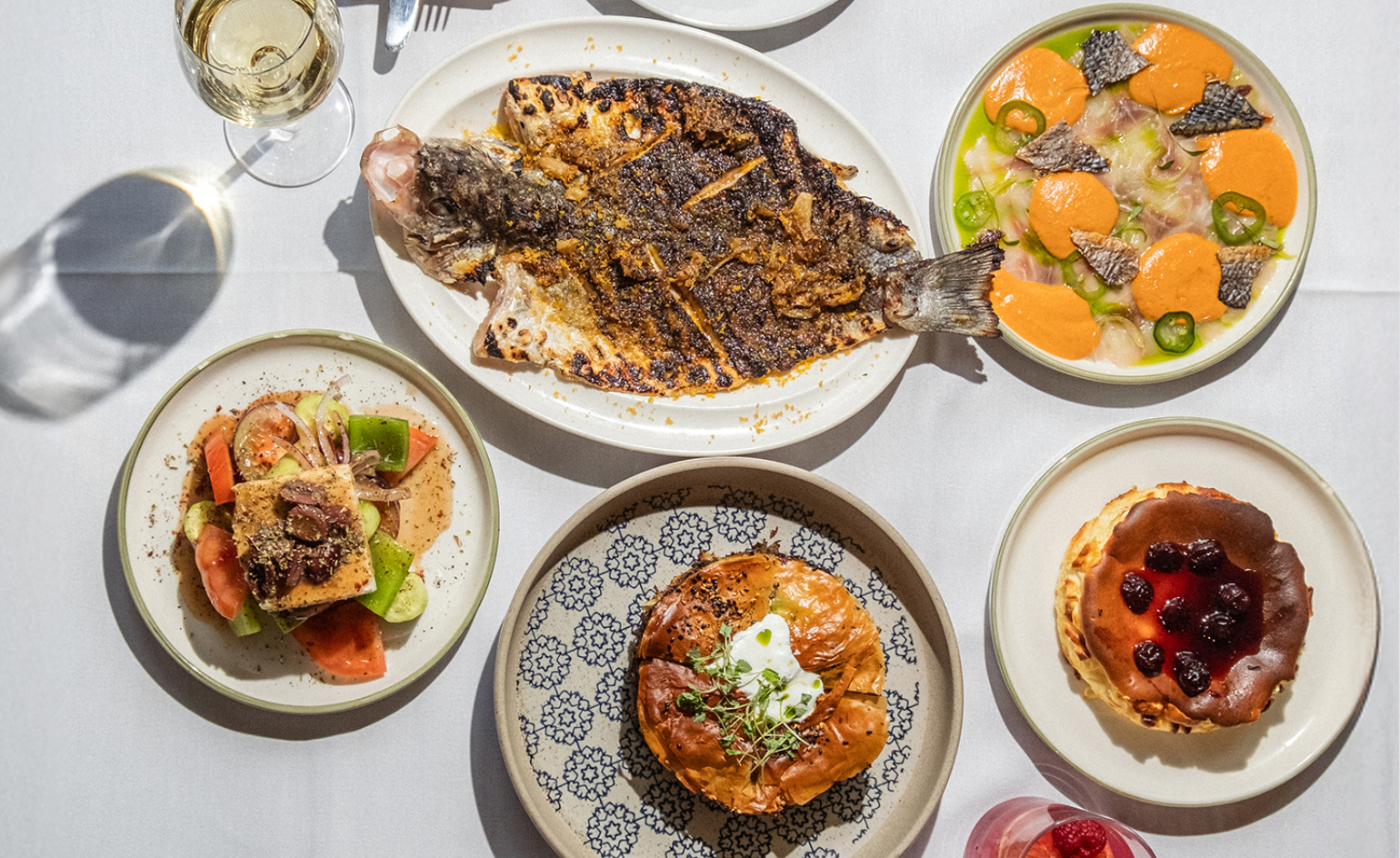 Dining at Pyrá feels like a Mediterranean kiss on both cheeks
Dining at Pyrá feels like a Mediterranean kiss on both cheeksDesigned by House of Dré, this Lonsdale Road addition dishes up an enticing fusion of Greek and Spanish cooking
By Sofia de la Cruz
-
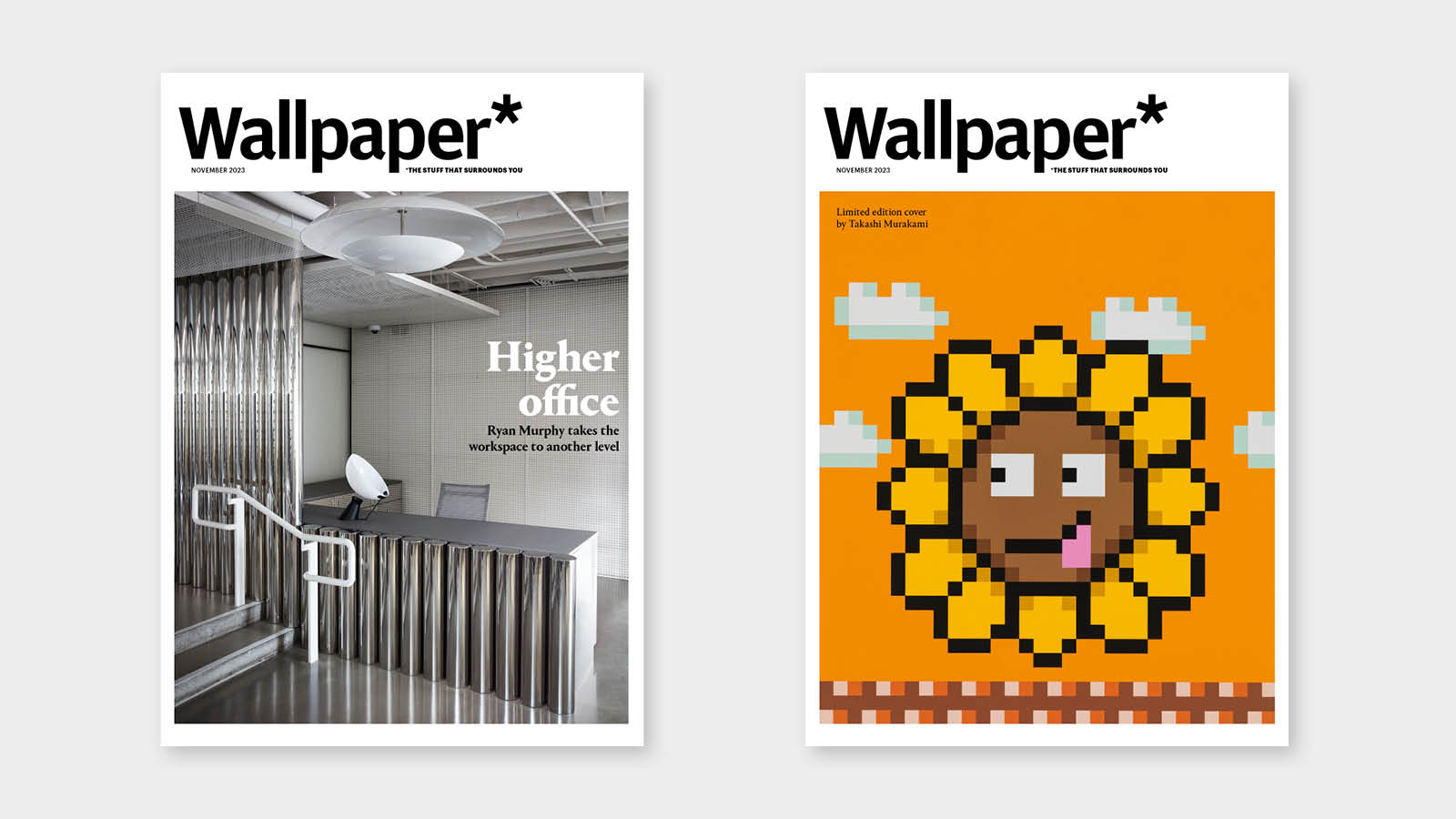 Takashi Murakami and Ryan Murphy headline Wallpaper* November 2023
Takashi Murakami and Ryan Murphy headline Wallpaper* November 2023In the Wallpaper* November 2023 Art Special, discover Takashi Murakami’s pandemic-inspired creatures, producer Ryan Murphy’s Hollywood HQ, 20 years of Frieze and more, on newsstands today
By Sarah Douglas
-
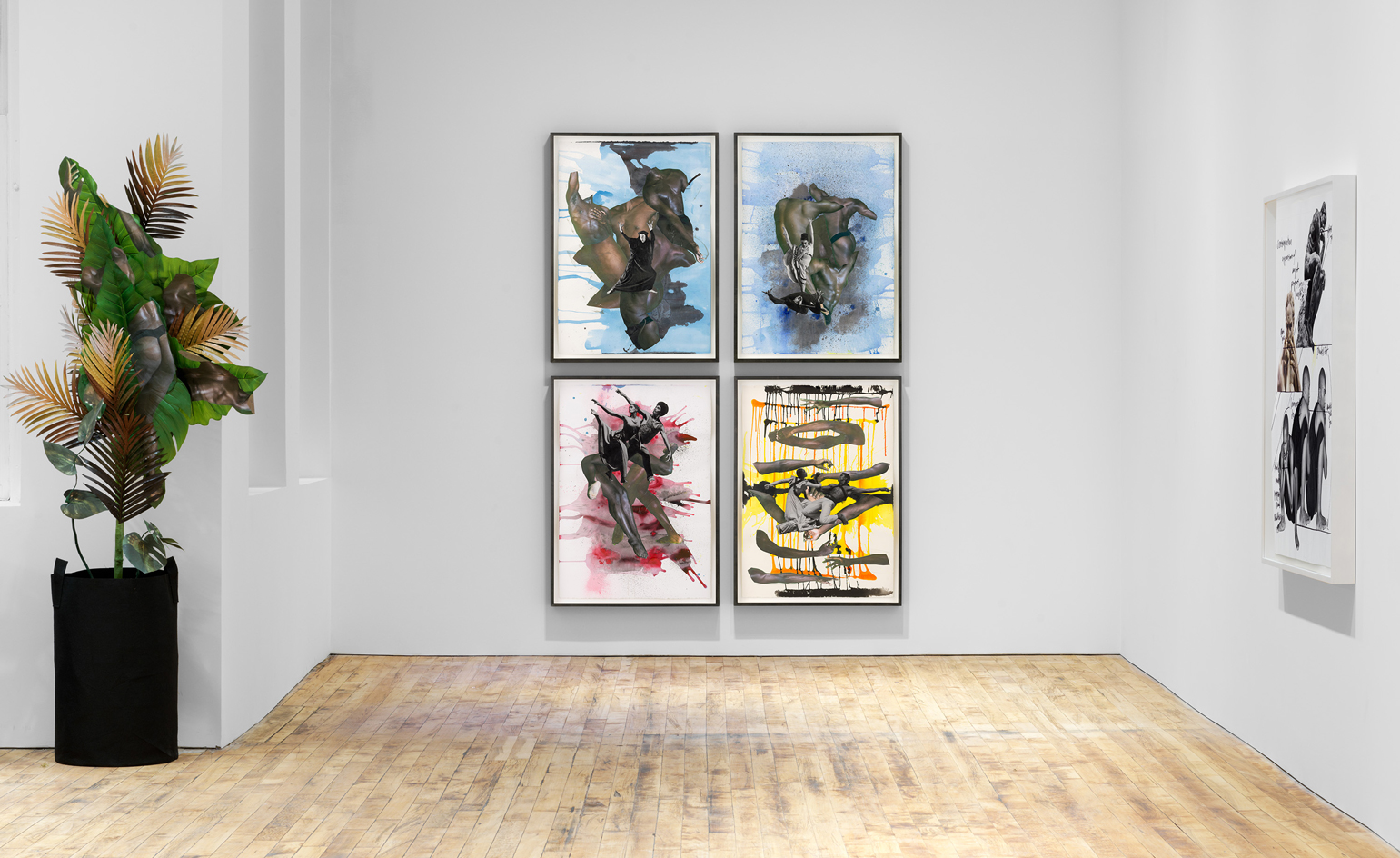 Ebony L Haynes shakes up tradition at David Zwirner’s new Manhattan outpost
Ebony L Haynes shakes up tradition at David Zwirner’s new Manhattan outpostAt David Zwirner’s new downtown New York space, 52 Walker, director Ebony L Haynes is restyling the traditional gallery model in an incubator for experimentation
By Pei-Ru Keh
-
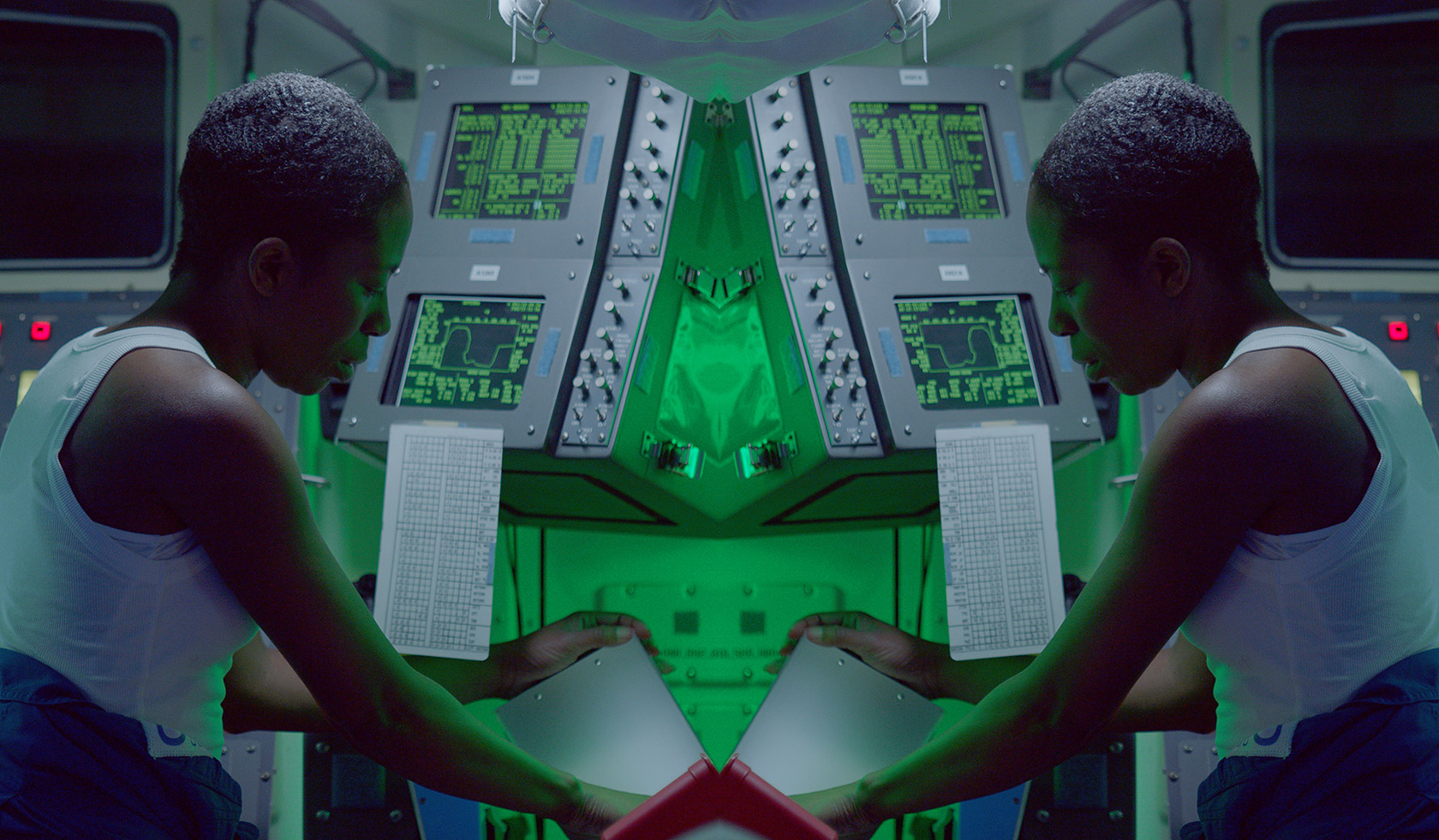 Stan Douglas’ riff on alternative realities has us seeing double
Stan Douglas’ riff on alternative realities has us seeing doubleCoinciding with the announcement that the Vancouver artist will represent Canada in the 2021 Venice Biennale, his galleries in New York and London are staging a dual survey of his ambitious video installation Doppelgänger
By Jessica Klingelfuss
-
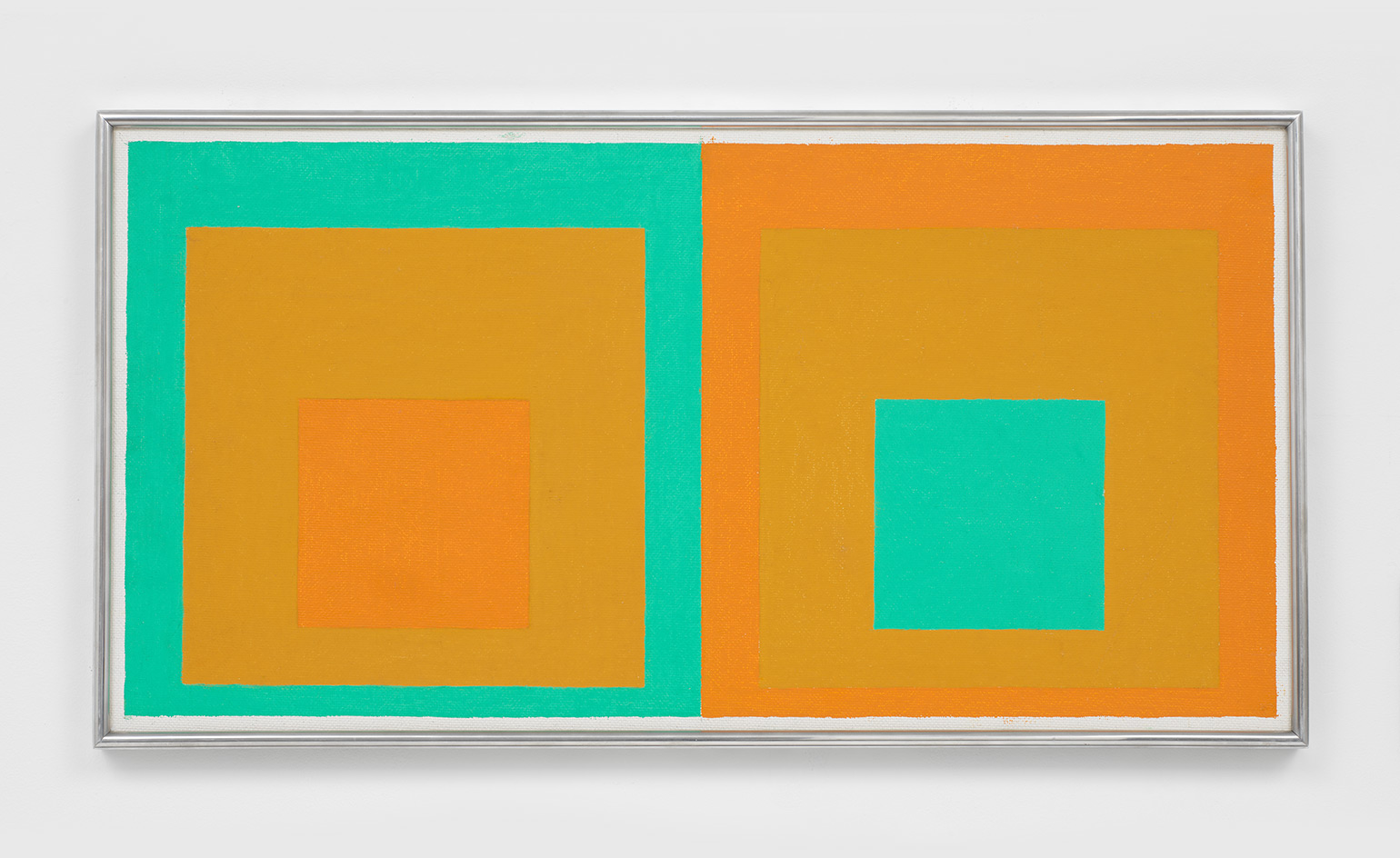 Josef Albers and the modernist maestro’s musical influences
Josef Albers and the modernist maestro’s musical influencesBy Jessica Klingelfuss
-
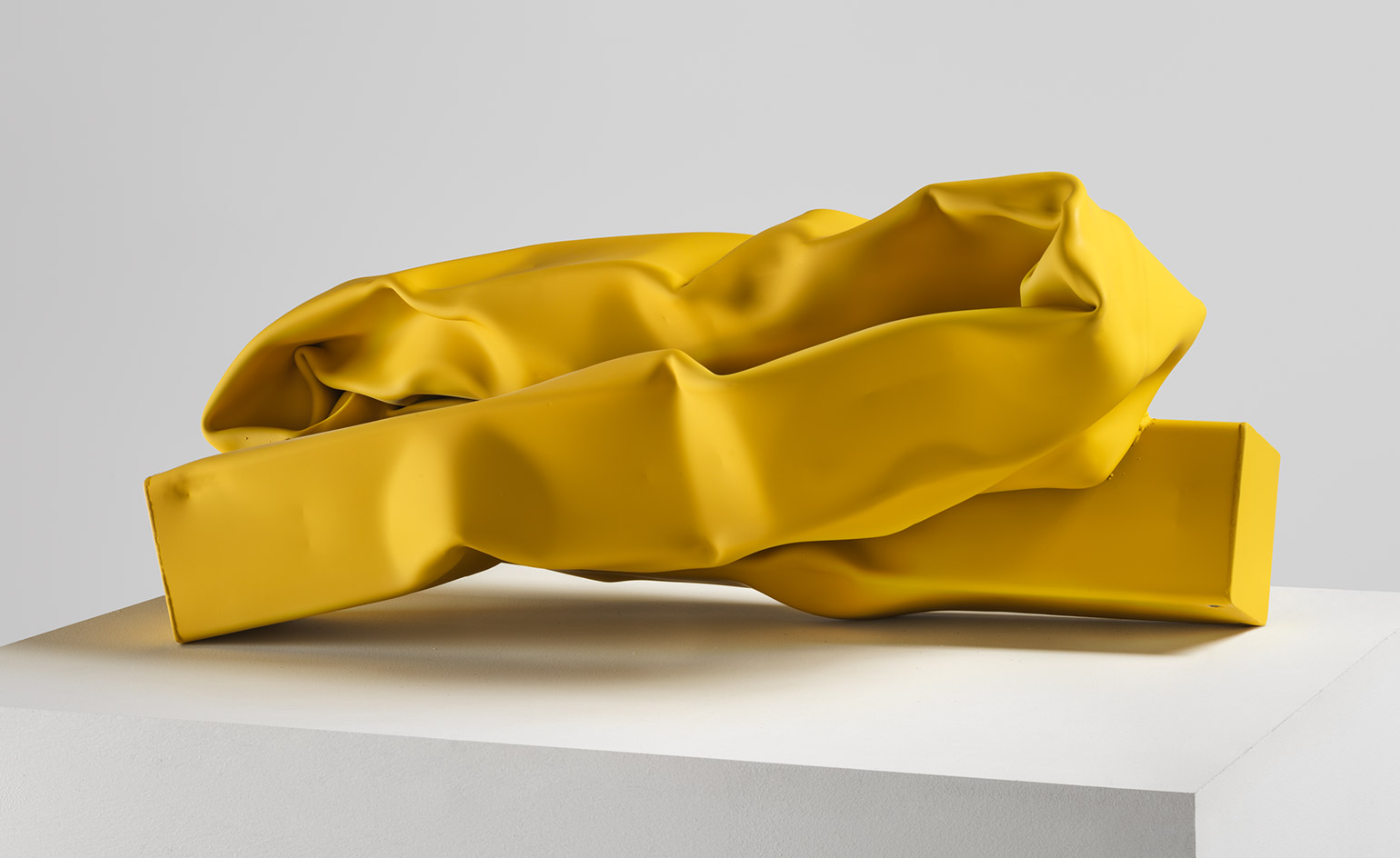 Carol Bove on crushing, crashing and twisting heavy metal into better shape
Carol Bove on crushing, crashing and twisting heavy metal into better shapeBy Caroline Roux
-
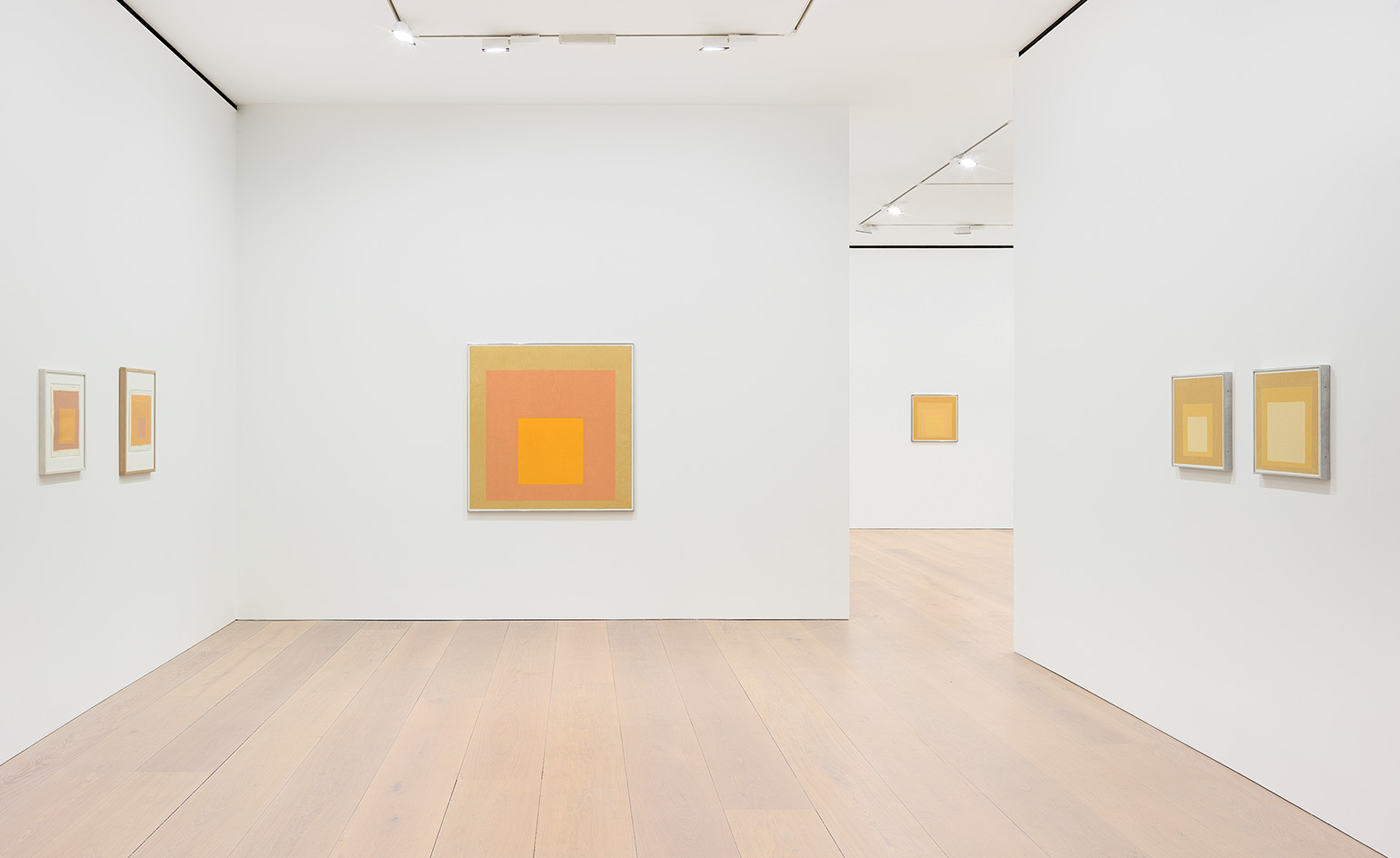 Sunny side up: Josef Albers’ yellow paintings look on the bright side
Sunny side up: Josef Albers’ yellow paintings look on the bright sideBy Ali Morris
-
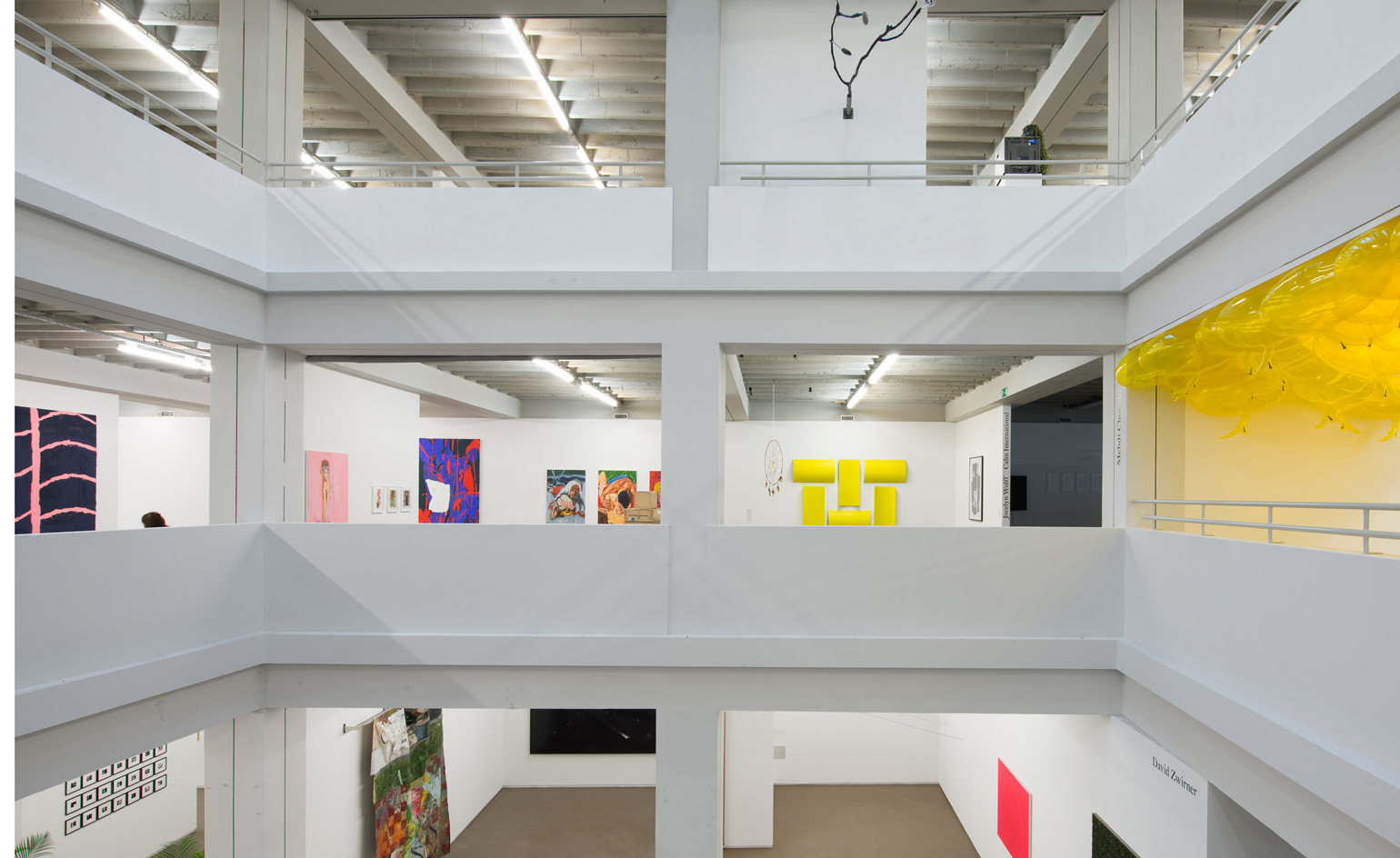 Conversation and community: Independent art fair lands in Brussels
Conversation and community: Independent art fair lands in BrusselsBy Siska Lyssens
-
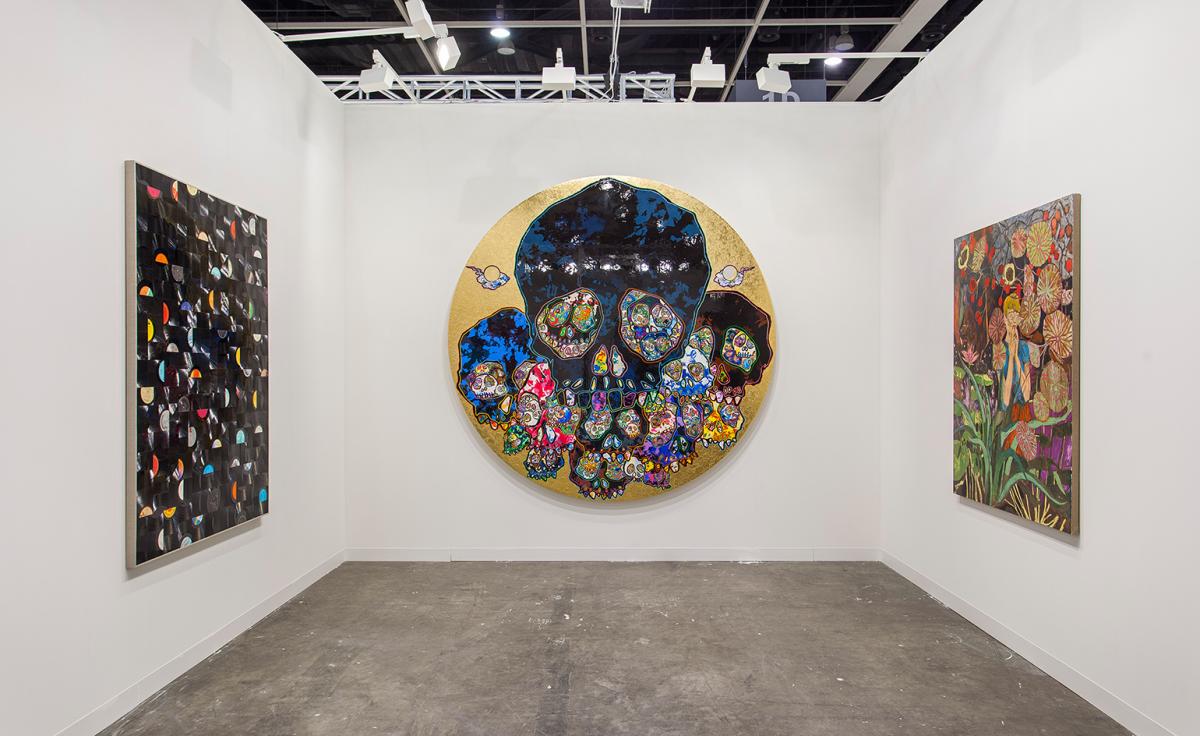 Waterfront wonder: highlights from Art Basel Hong Kong 2016
Waterfront wonder: highlights from Art Basel Hong Kong 2016By Catherine Shaw